


The protein DNase1 is one of the oldest biological agents in history: It has been on the market since 1958 and is now used, among other...
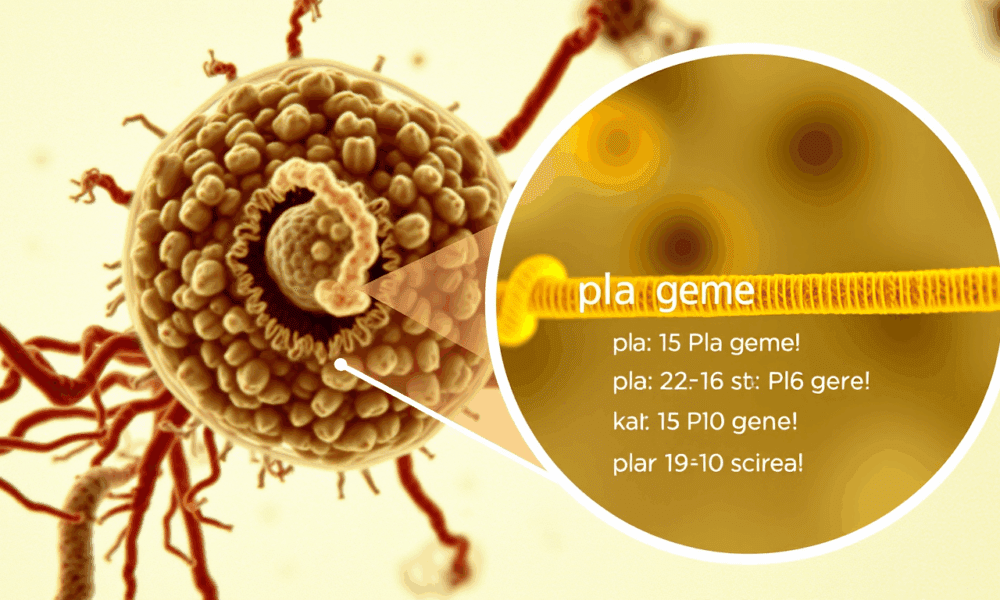
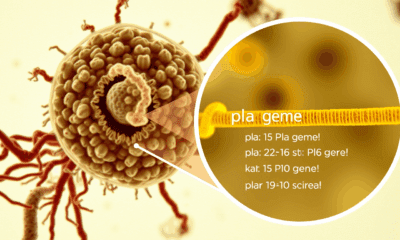

Scientists have documented the way a single gene in the bacterium that causes bubonic plague, Yersinia pestis, allowed it to survive hundreds of years by adjusting...



Researchers compared the whole genome sequence of two genetically distinct lineages of bed bug, and their findings indicate bed bugs may well be the first true...
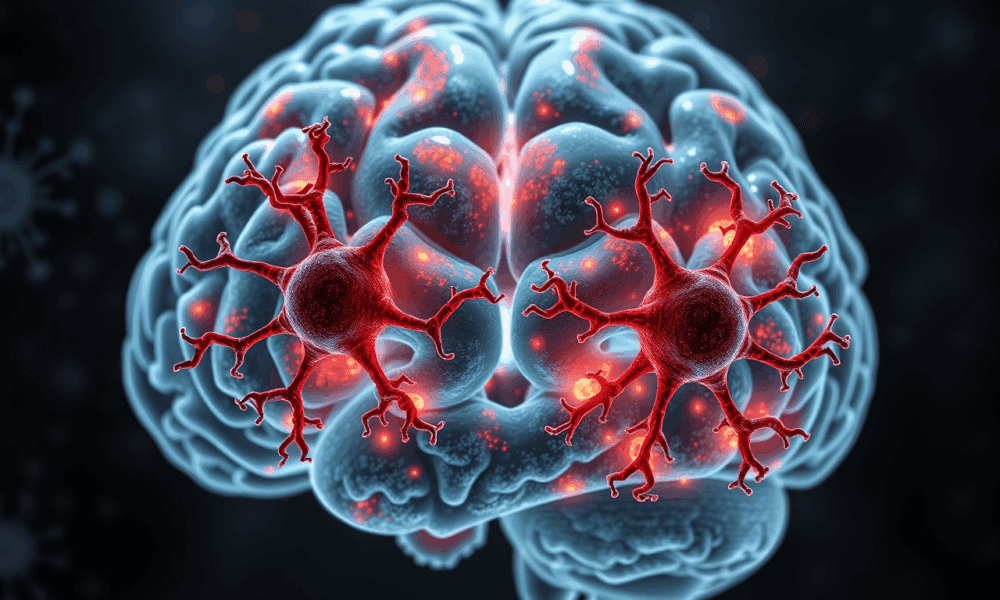


A new study suggests how APOE2 is protective while APOE4 increases disease risk by regulating the brain's immune cells.
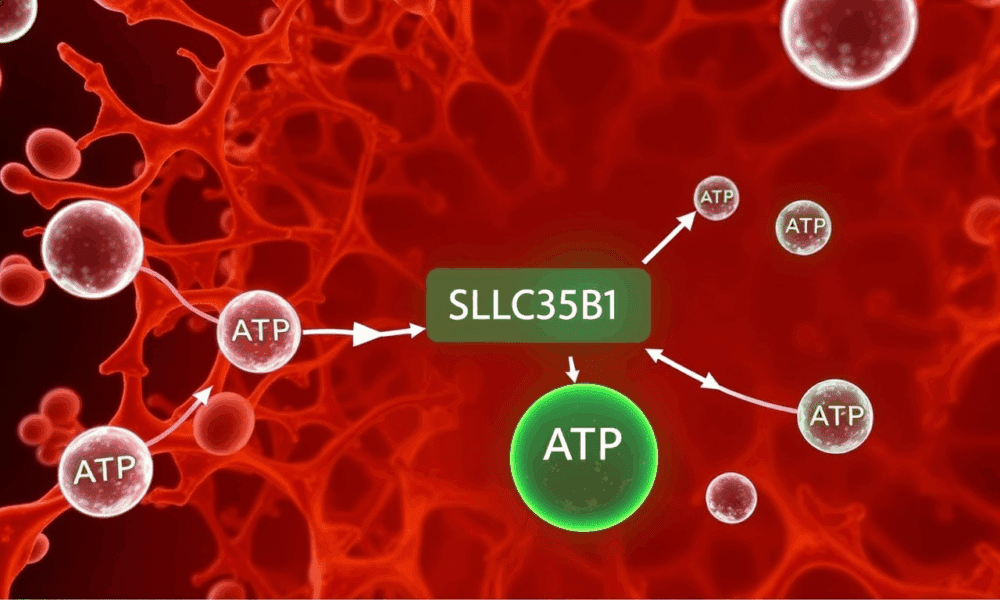
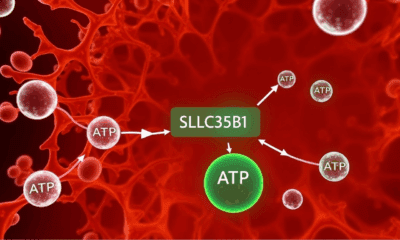

A team of scientists has answered a long-standing question in cell biology, uncovering how the cell's main energy currency, ATP, is transported into the endoplasmic reticulum...



In 2022 a team discovered that high levels of OH radicals can be generated indoors, simply due to the presence of people and ozone. This means:...
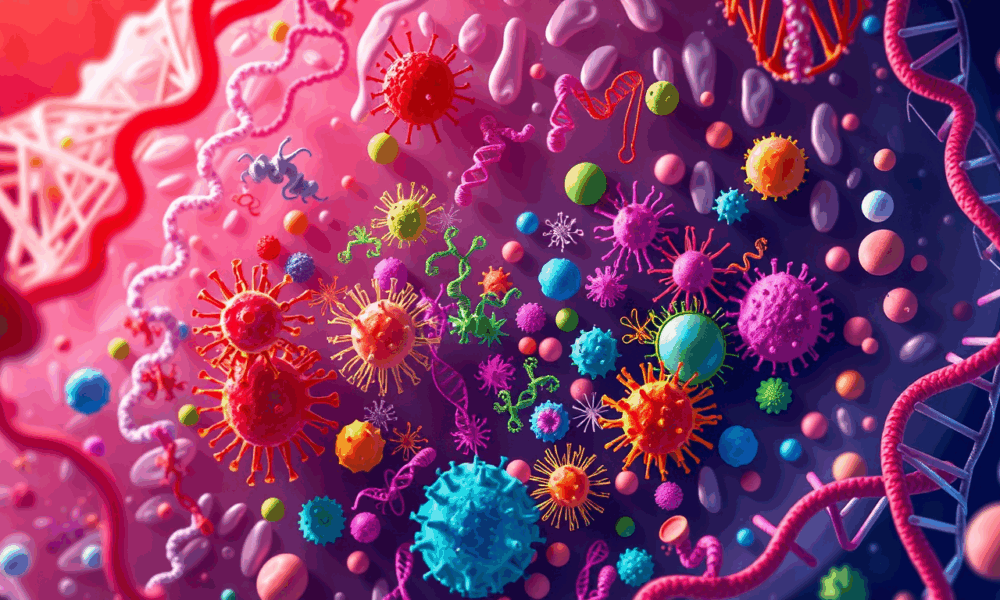
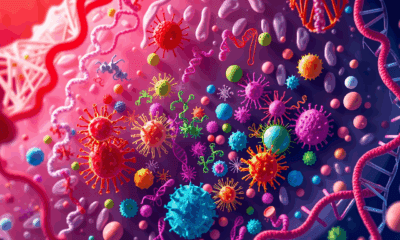

A study has used advanced genetic and genomic techniques to offer a major step forward in understanding and diagnosing infectious intestinal diseases. The large-scale study analyzed...
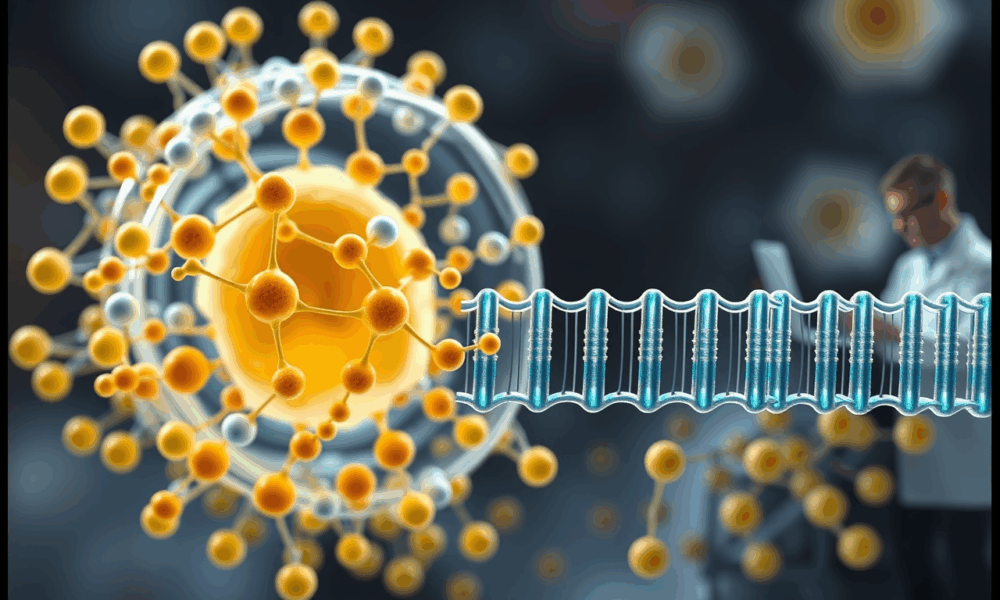
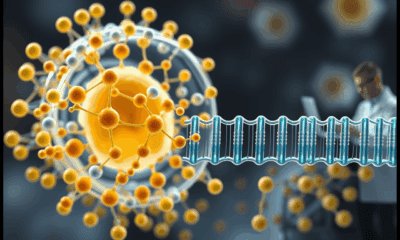

Sterols are among the most abundant lipids in eukaryotic cells, yet are synthesized through notoriously long, complex metabolic pathways. Researchers have used a novel approach to...



An international genomics study has revealed that early Asians undertook humanity's longest known prehistoric migration. These early humans, who roamed the earth over 100,000 years ago,...
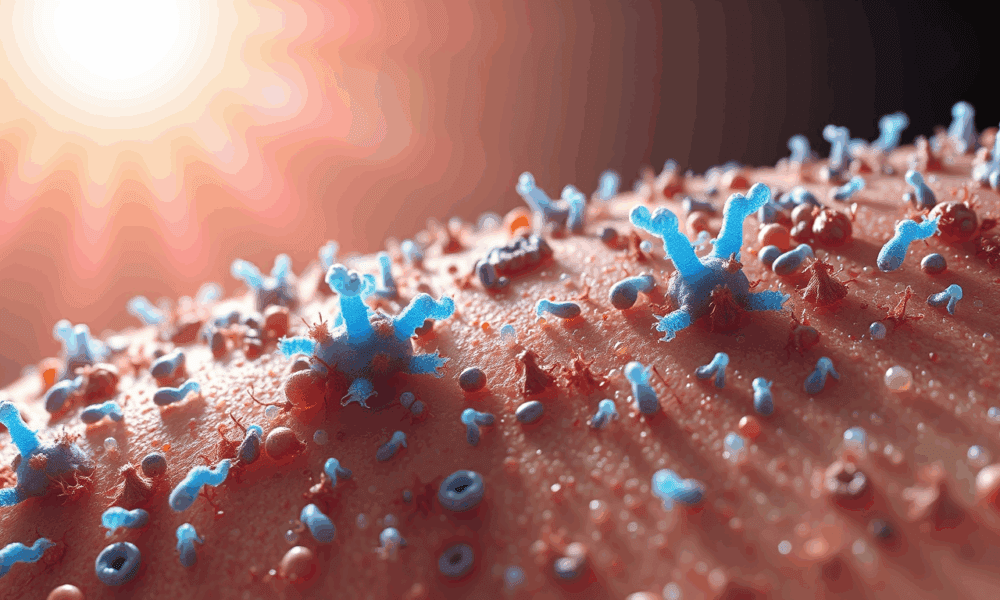
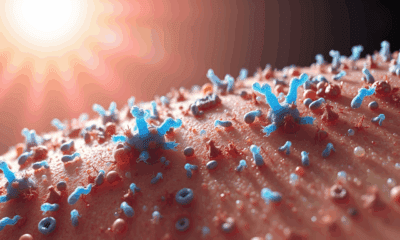

The skin microbiome plays an important role in health and disease. Researchers have now substantiated that certain skin bacteria can protect us from the sun's ultraviolet...